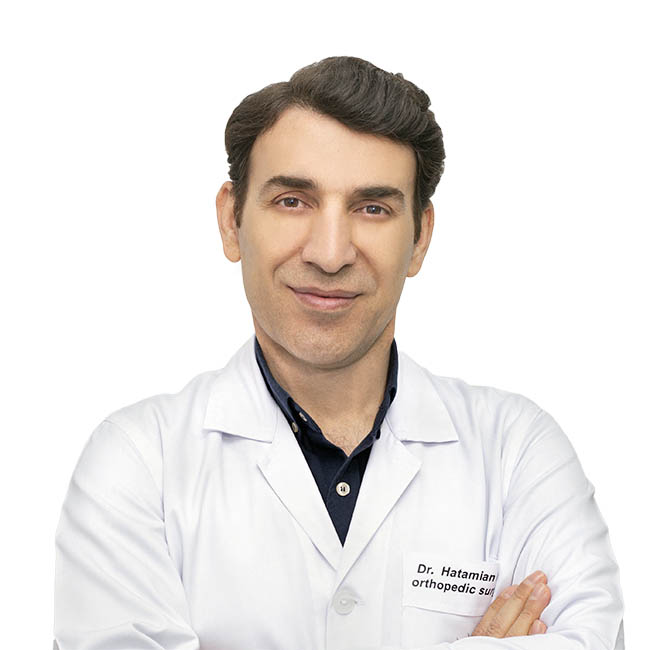Fatty Liver
What is fatty liver?
To find out the importance of the topic "What is fatty liver?" It is better to know the liver and its functions first. The liver is one of the important organs of the body that detoxifies drugs, removes waste products from the destruction and renewal of red blood cells in the form of bile, produces blood clotting factors, stores sugar in the form of glycogen, and regulates sugar metabolism. Fat is one of its most important roles in the body; Of course, the role of the liver in fat absorption and defense against microbes and toxins absorbed through food should not be ignored. In fact, fatty liver disease is a type of inflammation in the body and fat accumulates in the liver, which has recently increased the prevalence of this disease due to the increase in obesity in the human society. The importance of this disease is due to the destruction of liver cells, and in the absence of early diagnosis and proper treatment, it can lead to an advanced and irreversible liver disease called "cirrhosis". Fatty liver disease includes a spectrum of mild liver disease in the form of fat accumulation. It is in the liver cells, which in its course may cause inflammation of the liver cells in a group of patients, and with the destruction of the liver cells, it leads to a chronic and irreversible disease called cirrhosis. It is true that people who consume alcoholic beverages are more likely to suffer from fatty liver, however, even people who do not drink alcohol can suffer from fatty liver. In the following, we will discuss more about what is fatty liver and how is it treated?
Types of fatty liver categories
This disease is classified into 4 grades in terms of progress:
Grade 1 fatty liver is the simplest type, which is caused by eating unhealthy foods. Of course, this grade is completely resolved by increasing daily activities and healthy eating.
Grade 2 fatty liver, in this case, the condition of the patient becomes a little harder and more complicated. This type of fatty liver also has its own diet.
Grade 3 fatty liver can only be treated by improving lifestyle, exercise, proper nutrition (reducing consumption of meat, fast foods, fats and fatty foods, etc.), stress management and other things. Of course, this is a warning for people with grade 2 and 1 fatty liver who are negligent in treating their disease.
Grade 4 fatty liver, which is known as liver cirrhosis, requires a liver transplant if no action is taken to improve the disease.
Symptoms of fatty liver
This disease usually has no symptoms. But some people may have symptoms like fatigue or pain in the upper right side of your abdomen, where your liver is. If a person has cirrhosis of the liver, he may have symptoms such as:
swollen belly
Enlarged blood vessels under the skin, usually seen with the appearance of red palms.
Larger than normal breasts in men (gynecomastia)
Skin and eyes that look yellowish due to a condition called jaundice.
Fatty liver risk factors
Excessive alcohol consumption
Malnourished people
rapid weight loss
Age is also a risk factor. The older a person is, the more likely he is to develop fatty liver.
have prediabetes or type 2 diabetes,
Having high levels of fats in the blood, such as cholesterol and triglycerides
high blood pressure,
Taking certain medications, such as corticosteroids and some cancer medications,
Certain infections, such as hepatitis C,
Exposure to some chemical toxins
Polycystic ovary syndrome
sleep apnea
hypothyroidism (hypothyroidism)
underactive pituitary gland (hypofunction)
Certain metabolic disorders, including metabolic syndrome
Metabolic syndrome and fatty liver disease
Many researchers now believe that metabolic syndrome plays an important role in the development of fatty liver.
If a person has at least three of the following symptoms, he has metabolic syndrome. These symptoms are:
obesity, especially around the waist (abdominal obesity),
high blood pressure (hypertension),
diabetes,
Abnormal cholesterol levels
high triglyceride levels,
Having three of the above five symptoms indicates a higher risk of cardiovascular diseases and type 2 diabetes.
What are the complications of fatty liver?
Larger-than-normal liver: This often causes no symptoms, but you may experience pain or discomfort in the upper right side of your abdomen.
Alcoholic hepatitis: This is inflammation of the liver that can cause fever, nausea, vomiting, abdominal pain, and jaundice (yellowing of the skin and eyes).
Alcoholic cirrhosis: This is the accumulation of scar tissue in your liver. It can cause symptoms similar to alcoholic hepatitis and the following symptoms:
Ascites (accumulation of a large amount of fluid in the abdomen)
High blood pressure in the liver
Bleeding in the body
Confusion and changes in behavior and mood
Liver failure (meaning liver failure), which can be fatal.
What are the dangers of fatty liver?
Most of the complications of fatty liver disease are caused by the effects of metabolic syndrome and insulin resistance on the vital organs of the body, such as the cardiovascular system and the nervous system. The most important cause of death in this disease is caused by cardiovascular complications. In the case of irreversible liver cirrhosis, the treatment will be very expensive and difficult. Obesity, diabetes and old age are very important factors in the progression of fatty liver disease to cirrhosis. In the stages when the disease has reached cirrhosis, symptoms such as gastrointestinal bleeding, liver failure, abdominal swelling due to fluid retention (ascites) and liver cell malignancy are seen. One of the rare complications of fatty liver disease in the stage of cirrhosis is hepatocellular carcinoma. Obviously, this complication can be prevented by controlling the disease and not causing cirrhosis.


